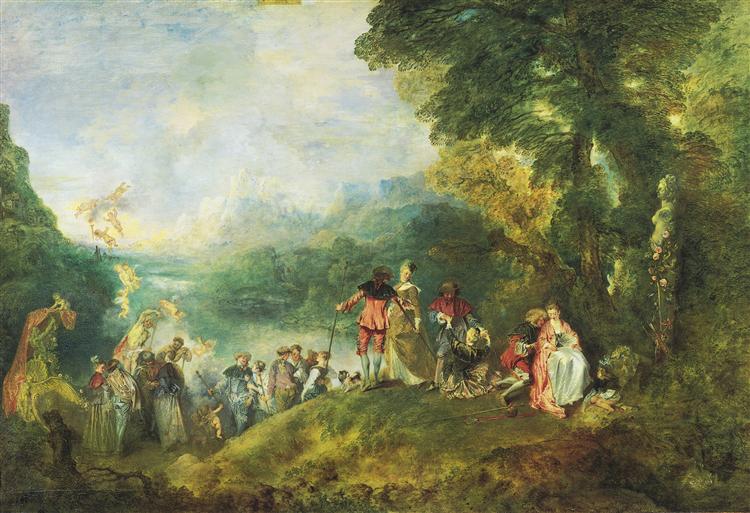Vendor:Antoine Watteau
From $390.00 USD
This site uses cookies for better user experience and analytics.
Jean-Antoine Watteau (UK: /ˈwɒtoʊ/, US: /wɒˈtoʊ/,French: [ʒɑ̃ ɑ̃twan vato]; baptised October 10, 1684 – died July 18, 1721)[4] was a French painter and draughtsman whose brief career spurred the revival of interest in colour and movement, as seen in the tradition of Correggio and Rubens. He revitalized the waning Baroque style, shifting it to the less severe, more naturalistic, less formally classical, Rococo. Watteau is credited with inventing the genre of fêtes galantes, scenes of bucolic and idyllic charm, suffused with a theatrical air. Some of his best known subjects were drawn from the world of Italian comedy and ballet.
Born: October 10, 1684; Valenciennes, France Places are defined in terms of modern geography. Died: July 18, 1721; Nogent-sur-Marne, France Places are defined in terms of modern geography.ANTOINE WATTEAU FAMOUS WORKS
Here we show artworks that are significant for an artist’s creative career, or for an art history in general)
